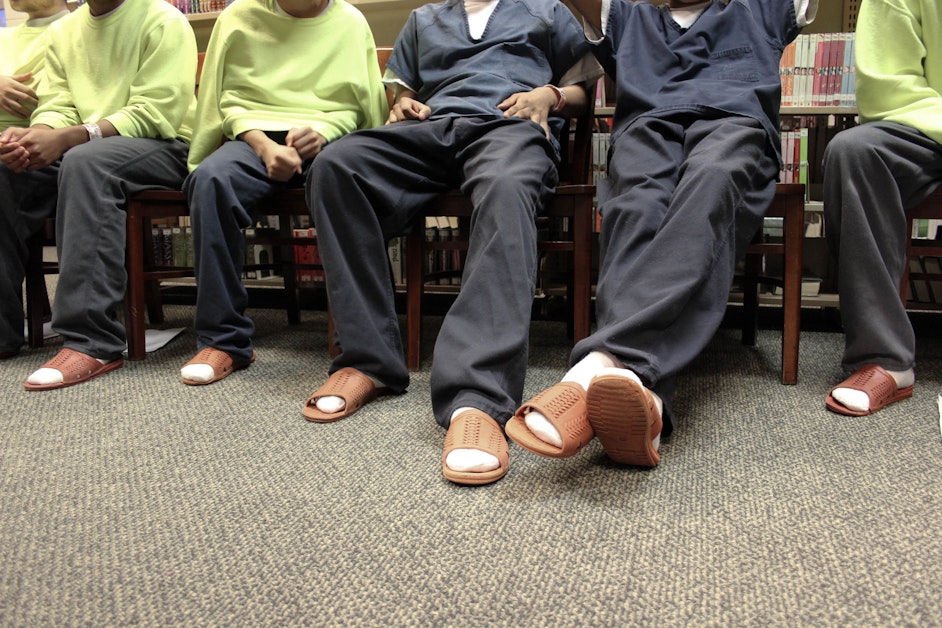An ambitious $16 million initiative in King County aimed at diverting most juvenile criminal cases to community-based programs rather than the court system is facing significant hurdles, as revealed in a recent county report.
Launched in 2021, Restorative Community Pathways was designed to steer young individuals accused of misdemeanors and lower-level felonies towards non-profit organizations for rehabilitation, with the goal of reducing youth involvement in the criminal justice system.
By completing the diversion program, youths can avoid criminal charges and access services like mentoring, financial support for basic needs, healing circles, and social service referrals.
In its second year, the program enrolled 170 youths referred by prosecutors, falling short of the county’s target of diverting 400 to 600 cases annually to community organizations.
A contributing factor to these low numbers was the consortium of community groups overseeing the cases facing capacity challenges due to turnover, retention issues, and internal policy decisions, explained Jimmy Hung, who heads the juvenile division at the King County Prosecuting Attorney’s Office.
As a result, cases were redirected to alternate diversion paths or, in some instances, processed through the formal court system.
In response to expanded funding for Restorative Community Pathways, the Metropolitan King County Council mandated a progress report last year. Originally, the consortium of community groups had sought complete independence from county oversight and was not obligated to report on youths’ completion rates and other essential data points.
Subsequently, the definition of completion was clarified to involve participants having a support network in the community and making significant progress towards or achieving self-identified objectives.
In the past year, 134 young individuals successfully completed the diversion program, while 50 youths exited before finishing, as indicated by the report.
The fate of young people who discontinued the program or the 234 referred individuals who never enrolled remains uncertain.
The report also lacks details on how many cases were diverted to alternative programs or led to criminal charges, with David Baker, the Prosecuting Attorney’s Office’s data and analytics director, stating that this information was not readily accessible.
Expressing concerns, King County Council Vice-Chair Reagan Dunn criticized the vague completion standards as insufficient and called for concrete evidence of the program’s efficacy.
Dunn emphasized the necessity of ensuring meaningful rehabilitation for juvenile offenders to prevent re-offending, underlining the need for transparency and results from Restorative Community Pathways to justify the allocation of county resources.
While the consortium managing the program did not provide a response to requests for comment, Dunn emphasized the importance of prioritizing proven juvenile diversion programs that are effective in reducing recidivism rates.
The initiative’s ambition, as stated on the consortium’s website, revolves around empowering communities and shifting away from the criminal justice system through collective healing and community care.
County efforts to minimize youth detention and address racial disparities in the legal system, where Black youth are disproportionately arrested compared to their white counterparts, further underscore the significance of community-based diversion programs.
While the county’s progress report did not delve into the subsequent criminal behavior of youths participating in the community-based diversion program, data shared by the prosecutor’s office revealed that 27% of youths diverted to Restorative Community Pathways had new law enforcement referrals post-2022.
Hung emphasized the need for further evaluation before comparing three-year recidivism rates with those of court-based diversion programs, highlighting that it is premature to halt the program based on the current data.
In addition to offering services and restitution to crime victims, Restorative Community Pathways served 87 community members who experienced harm last year, with providers making 46 restitution payments totaling $57,000.
Another fund directed towards supporting youths diverted from the court system distributed $122,636 in payments last year to 189 young individuals to assist them and their families with basic needs, according to a county Department of Community and Human Services quarterly report.
Jen Tanaka, overseeing the program at DCHS, highlighted the critical role of community organizations in addressing the basic needs of program participants, including housing stability and behavioral health support.
In addition to those referred by prosecutors, the non-profit providers could identify and enroll other individuals benefiting from the program. In the previous year, this included an additional 95 young individuals and 31 harmed parties, as per the report.
While the program now has the capacity to accommodate all youths referred by prosecutors, the frequency of cases being sent to Restorative Community Pathways has declined. Prosecutors diverted 48% of juvenile cases to the program in 2022, compared to 24% in the first four months of this year, according to an online data dashboard.
Notably, the majority of youth diversions are once again overseen by juvenile probation counselors, a system strained by a reduction of 15 positions in 2021 to accommodate funding for Restorative Community Pathways.
King County Superior Court’s presiding judge, Ketu Shah, highlighted the challenges arising from an increase in juvenile crime cases coupled with a smaller proportion diverted to Restorative Community Pathways.
While encountering a growing number of previously diverted young individuals in court, Shah stressed the necessity of structured programs with clear standards to evaluate their effectiveness.
An external evaluation of Restorative Community Pathways is scheduled to be completed by 2025 to provide an independent assessment of the program’s impact.
Correction 5/27/24: This story has been edited to specify that prosecutors successfully diverted 170 youth to Restorative Community Pathways in 2023 and the program served 87 “community members who have experienced harm” referred by prosecutors.




